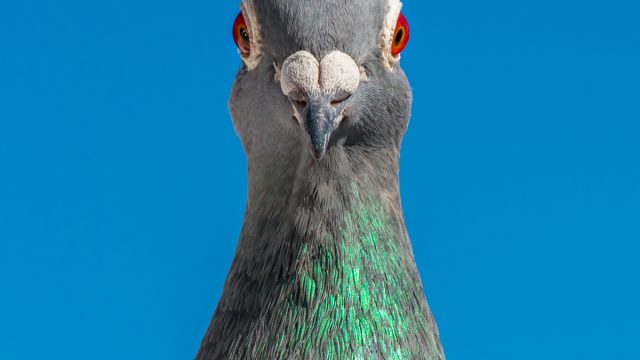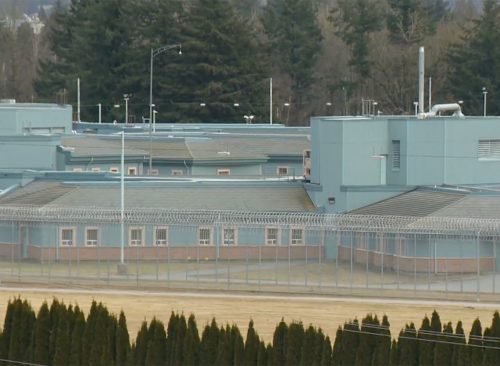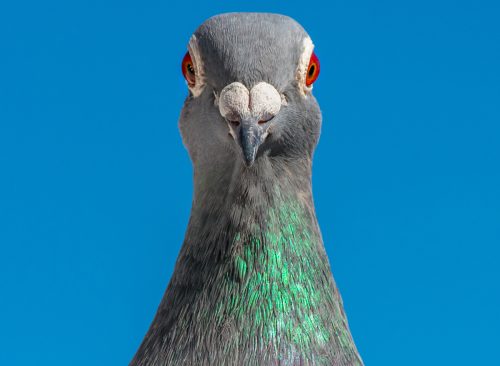Pigeon Carrying a Miniature Backpack Filled With Drugs Was Captured in Prison Yard
Feathered drug mule caught by guards.

Since ancient times, history has been rife with stories about pigeons being used as covert messengers, their amazing natural homing ability utilized to—in one Hollywood example—transport secrets behind enemy lines during wartime. With the internet and everything, pigeons now have to find other ways to exercise their talents. So it’s perhaps unsurprising that last week Canadian officials reported capturing a pigeon carrying a tiny backpack filled with illicit drugs in a Vancouver prison yard. Read on to find out what happened, what officials say is behind the unusual operation, and what became of the bird.

The bird was caught at Pacific Institution in Abbotsford, about 50 miles east of Vancouver, said John Randle, a spokesperson for the Union of Canadian Correctional Officers. A tiny fabric backpack tied to the pigeon contained crystal meth. Prison guards spotted the bird and its cargo on Dec. 29 in one of the facility’s recreation yards.
“It was spotted by correctional officers, I believe, and security intelligence officers when the officers were doing their standard patrols around and throughout the unit and institution, that’s when they initially spotted the bird with the package on it,” he said. The officers then set up a trap to capture it.

In recent years, officers have been on the lookout for drones that might be carrying drugs or other illegal goods into the prison, Randle said. But the 13-year corrections officer said this was the first time he’d heard of a live bird being used for that purpose. “My initial reaction was shock, because of all the advancements in technology and the number of drones we’ve seen. The fact that it’s tied to a pigeon is abnormal,” Randle told the Canadian Press.

Using a pigeon to transport items is certainly less reliable than using a drone. But smugglers may have resorted to the old-school way out of desperation—officers are now highly vigilant for drug-smuggling drones, which are confiscated daily, Randle told the Press. “They have gone backward in technology, maybe that’s because of all the work we have done with drone interdiction that they are trying to find new ways to get contraband in without being detected,” he said.

An illicit advantage to using pigeons for this purpose: Drones are easier to track to the intended recipient of the contraband. Randle said keeping drugs out of prisons has become a major part of correctional officers’ jobs. “Especially with drones and throw-overs, the drug problem is growing on a daily basis,” he said.
Randle said the smugglers’ apparent creativity should be a concern to everyone. “The introduction of drugs into federal prisons is becoming a huge crisis the whole goal of prisons is to rehabilitate and release people into society as law-abiding citizens, (so) introducing drugs is scary and especially a drug like crystal meth,” he said.

It’s unclear whether someone inside the prison was training the bird, or if it was deployed by someone on the outside, Randle told Global News. The prison has increased staff and patrols to watch for any potential drops, he added. Anti-drone technology, which works like radar, is also used. As for the pigeon, it was released after being relieved of its backpack.














